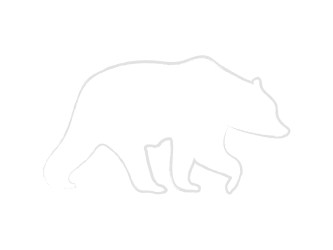Crossing the Teri La Pass took us to an altitude that we both had not been before. While we are used to hiking in the Swiss mountains a lot above 2’000m and the altitude of the Teri La Pass at 5’540m is nowhere near like going up the high peaks of the Himalayan Mountains, we still were anxious to see how our bodies would react.
A lot of people warned us about high-altitude sickness that usually is indicated by vomiting, diarrhoea, dizziness and headache. To prevent high altitude sickness, the Nepali way is to hike uphill slowly, plan acclimatisation days on different levels of altitude (we had a rest day in Naar on 4’200m) as well as eat a lot of garlic (which we enjoyed in almost every of our meals on the trek). And should severe signs of high-altitude sickness appear, one should immediately hike back down to a lower altitude.
Actually, we had expected to feel dizzy or often out-of-breath. But for us, rather than the physical signs, the main thing we noticed came quite unexpectedly. We felt it was really hard to keep a thought in our mind and we needed to keep constantly reminding ourselves what we want to do next. At times we would start unpacking the backpack in our tent and then immediately forget what we wanted to do once it’s unpacked. One simple remedy against this was constantly repeating a checklist out loud of the next couple things I wanted to do, for example “wash feet, brush teeth, change socks, close backpack”. A bit silly maybe, but quite effective.
Also, we realised that seemingly simple tasks such as brushing teeth or changing clothing takes a lot of energy and effort above 4’000m. We ended up taking a short five minutes nap between them, which meant that it sometimes took us about one hour to go through motions which take ten minutes at home.
Unfortunately, we also did experience some physical conditions, starting from around 3’500m. We experienced coming and going headaches, loss of appetite (which was a pity because of the wonderful three course meals our Chef cooked us every day) and at times, especially in the evening after the trek, shivering of the whole body, despite being very warm in the sleeping bag. The strongest reaction however was diarrhoea, which at times made us seek out the toilet tent numerous times at night.
However, despite all conditions we experienced, we never felt anxious or fearful at all and this was primarily because we knew we could rely on the excellent team that supported us during the trek. And the most exciting feeling “on being high” is to stand on 5’000m and looking at those gorgeous mountains rising still 3km higher in to the sky.
